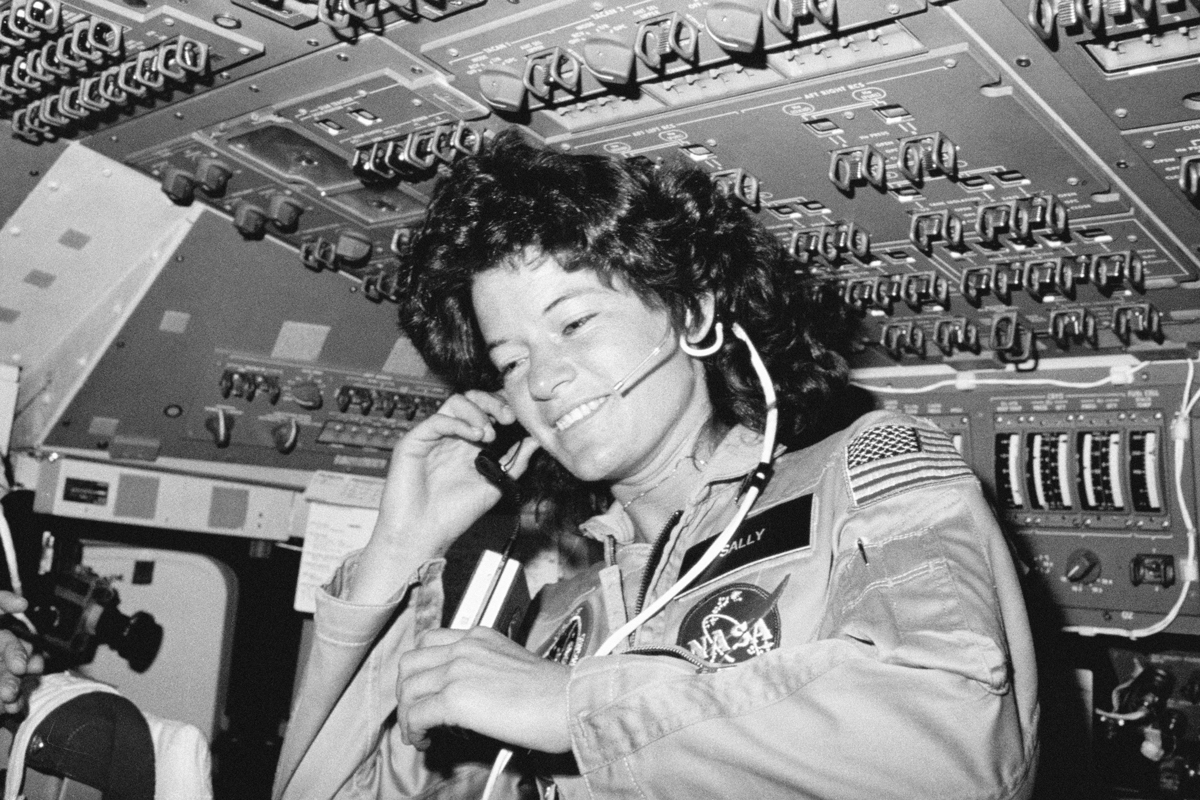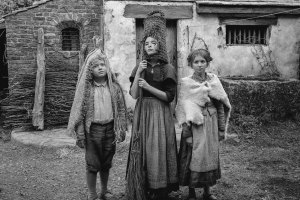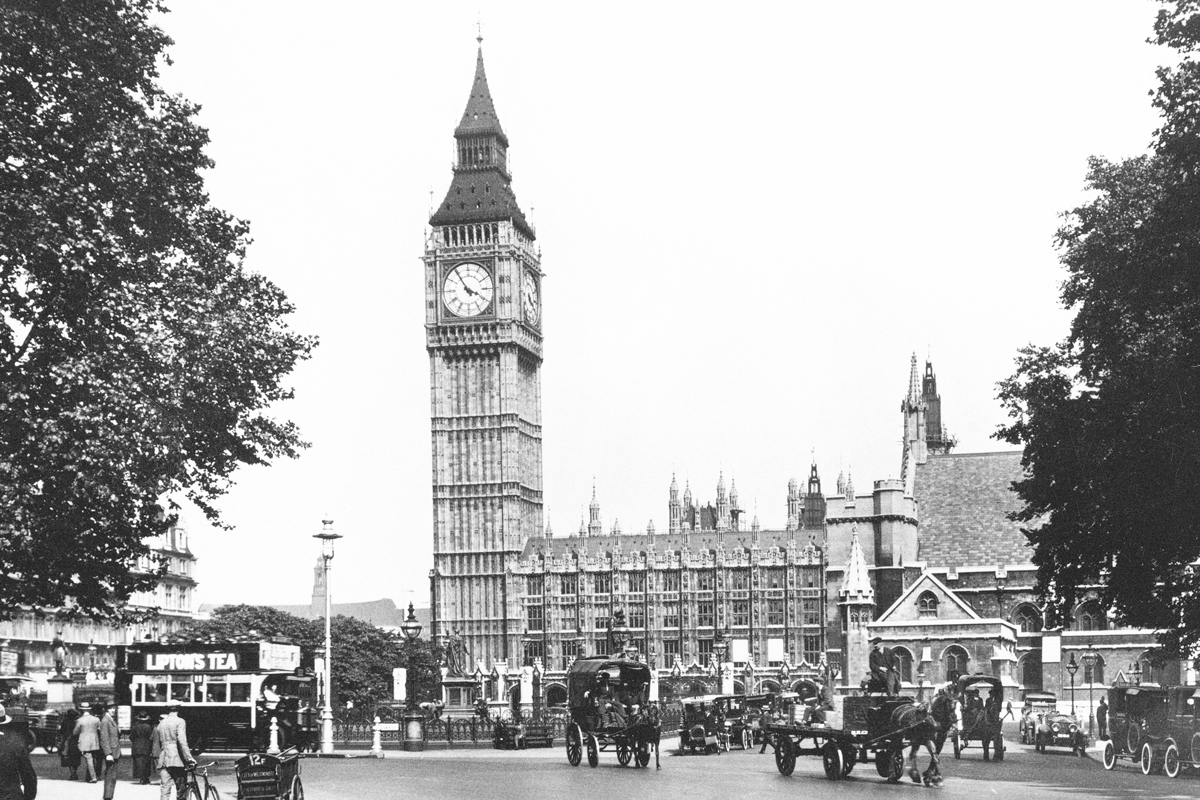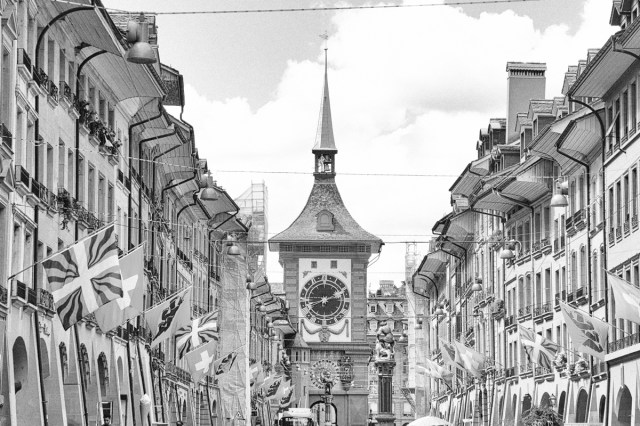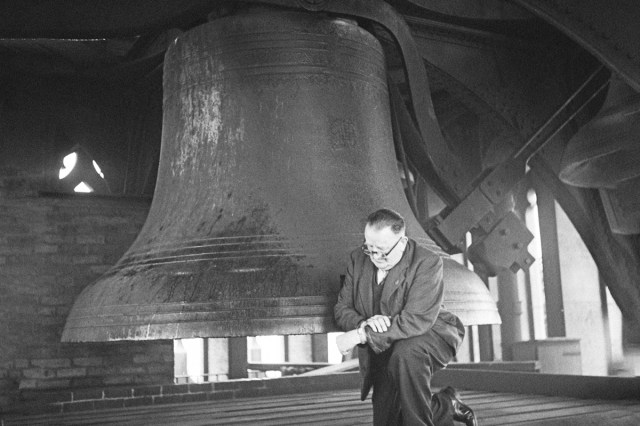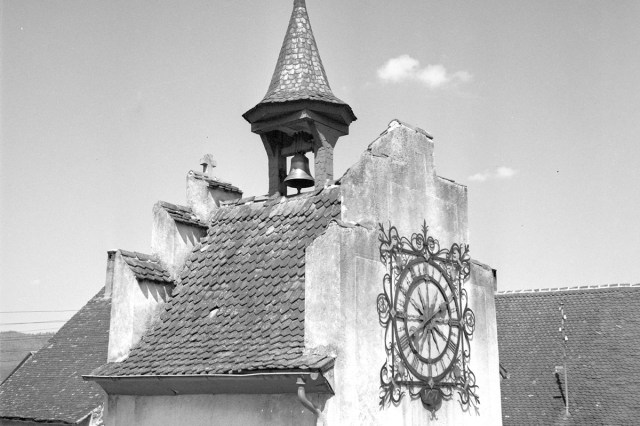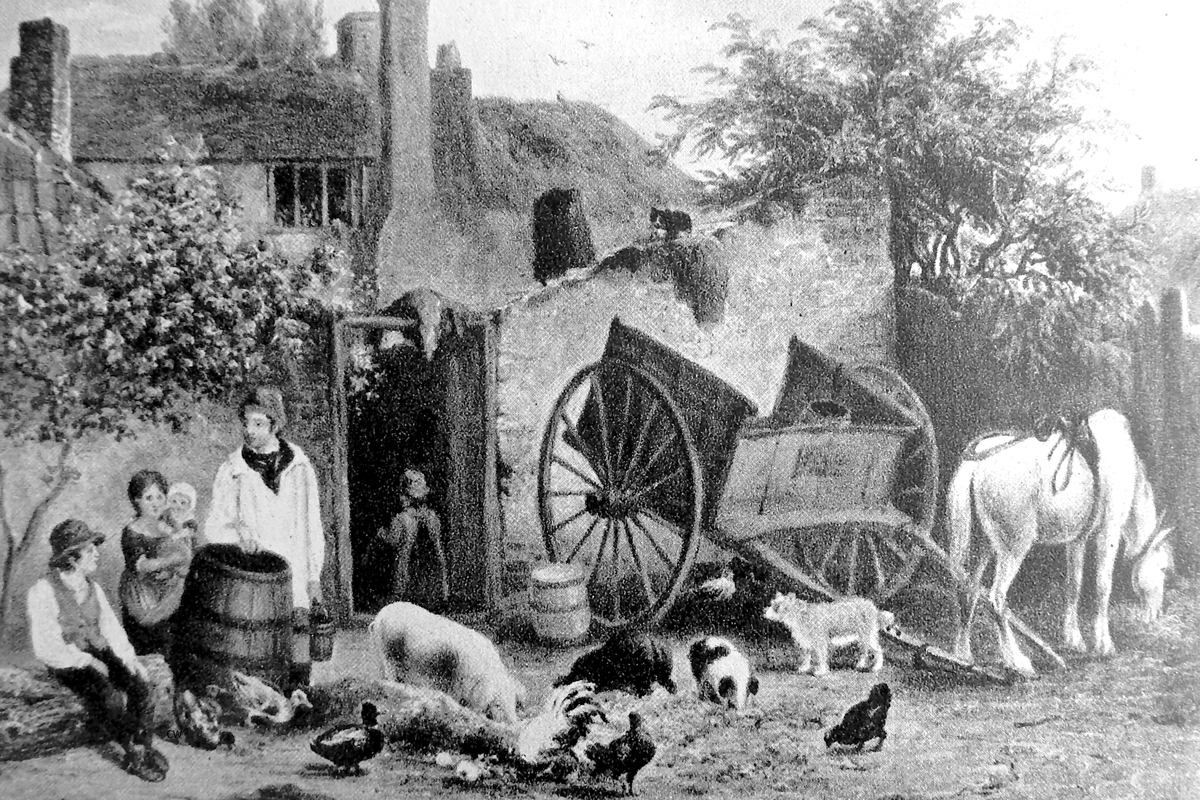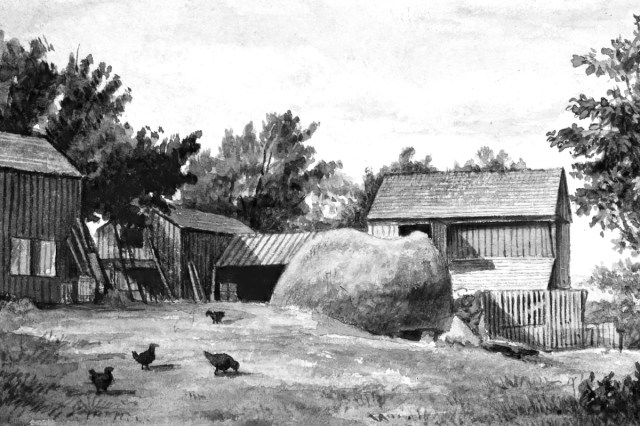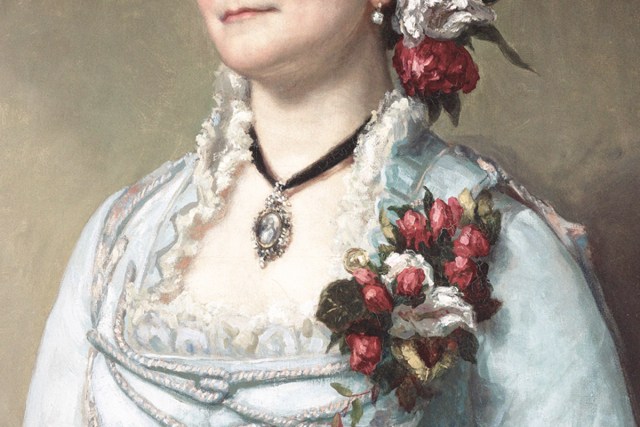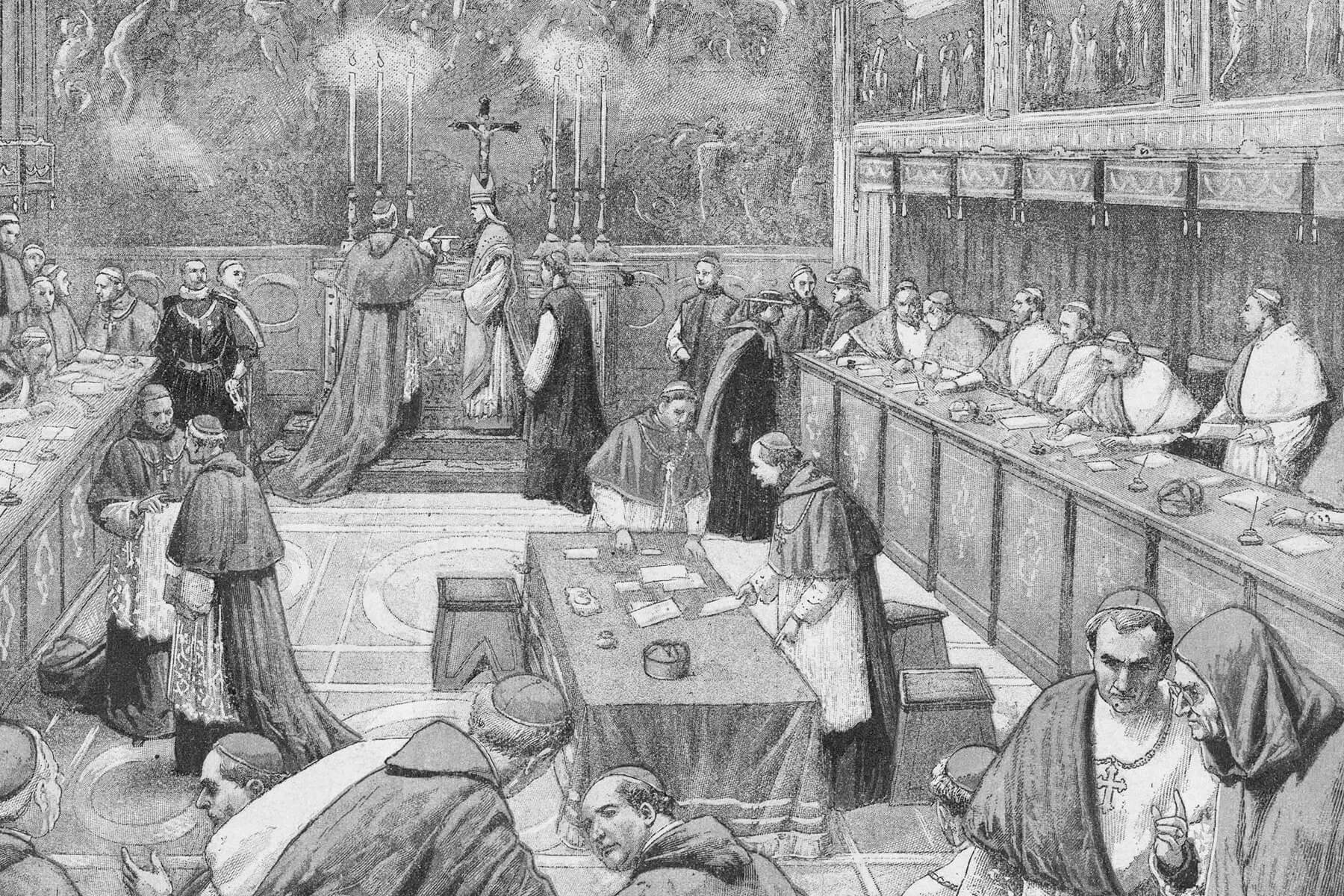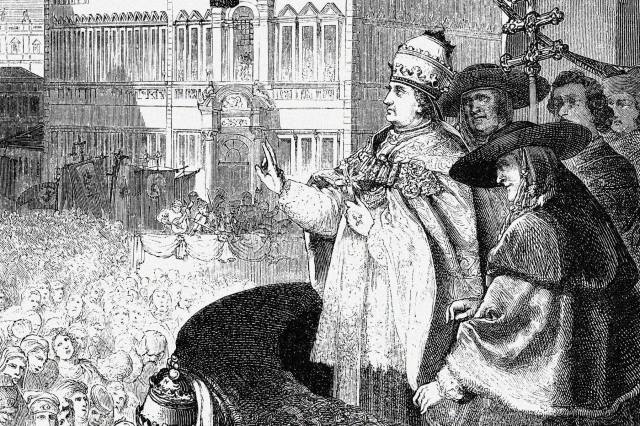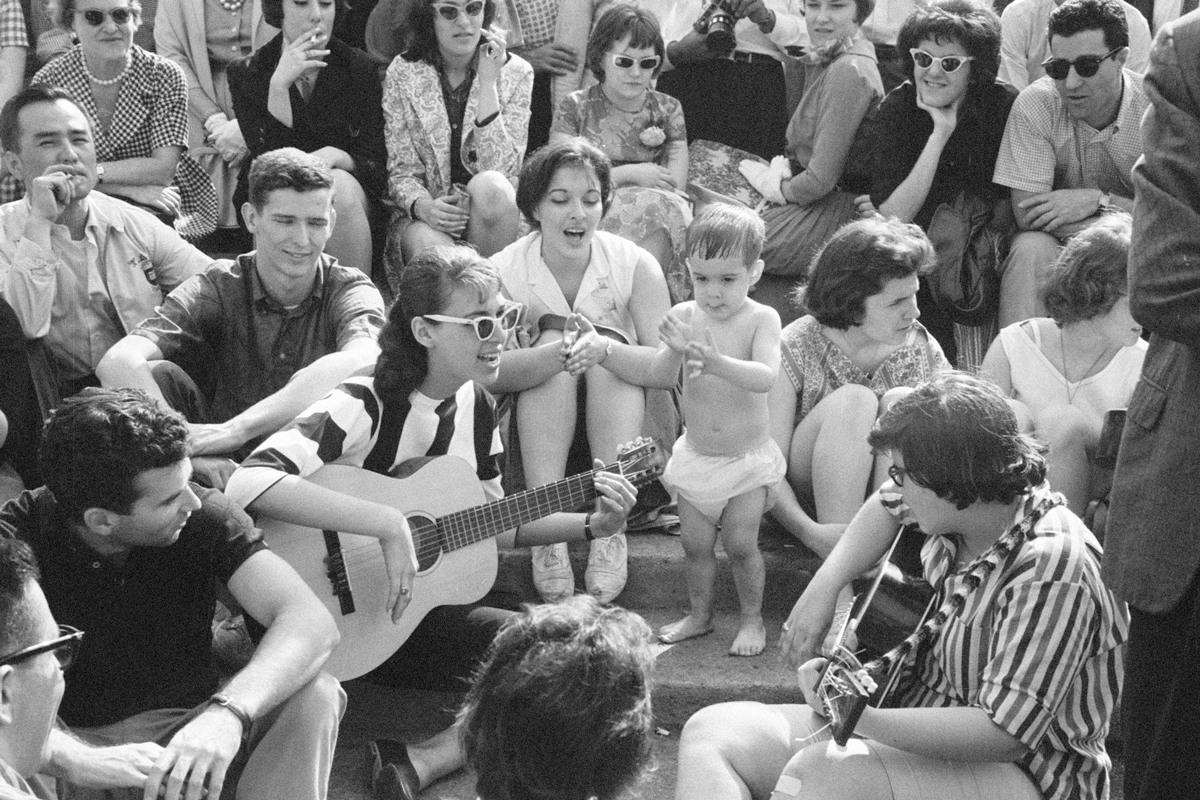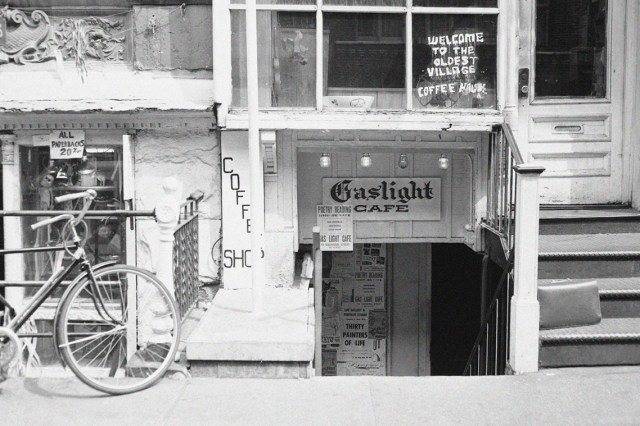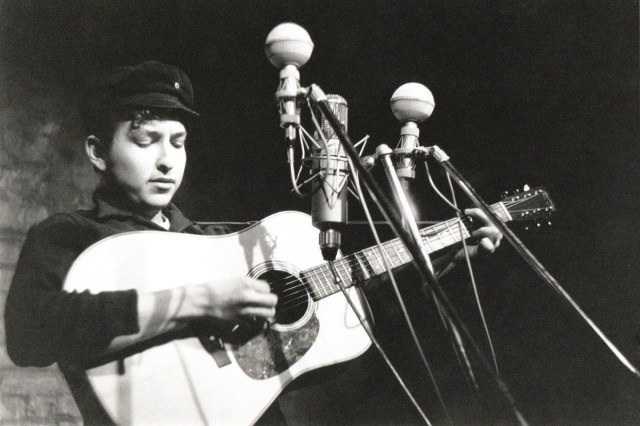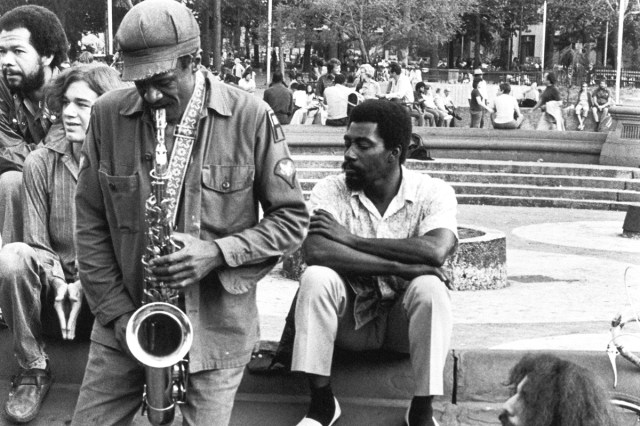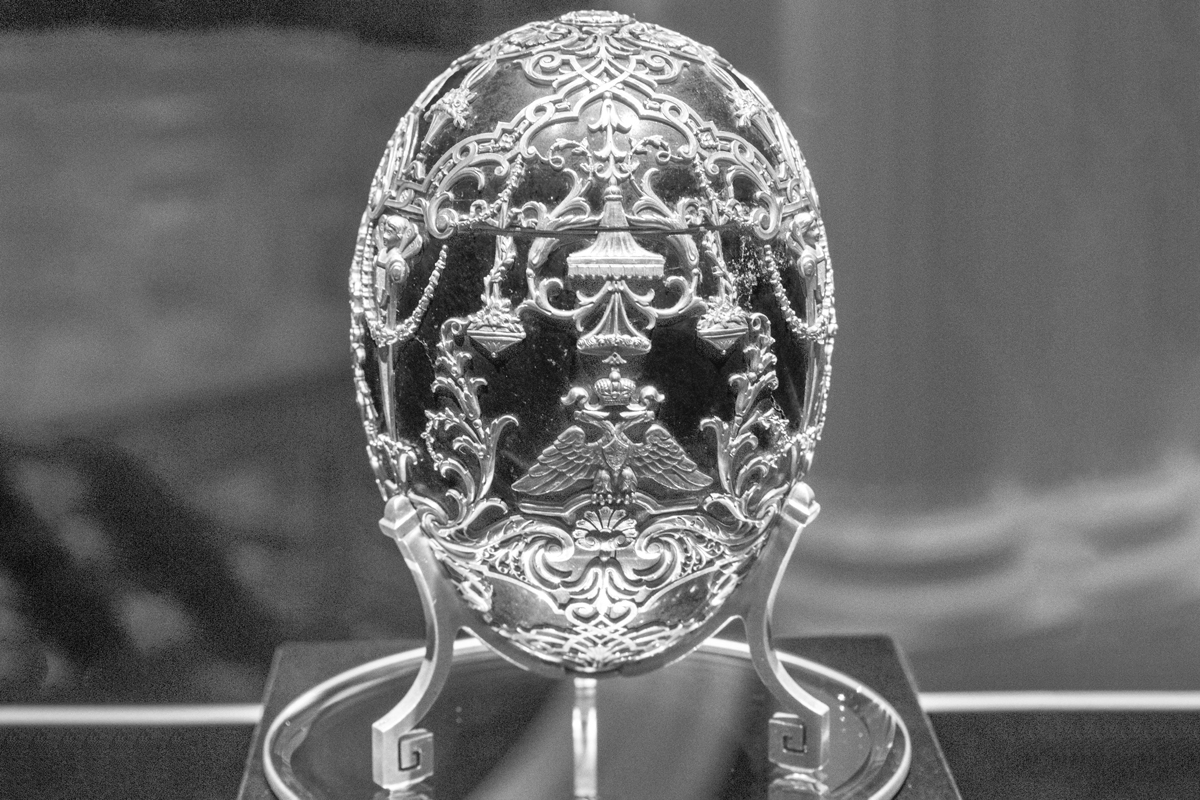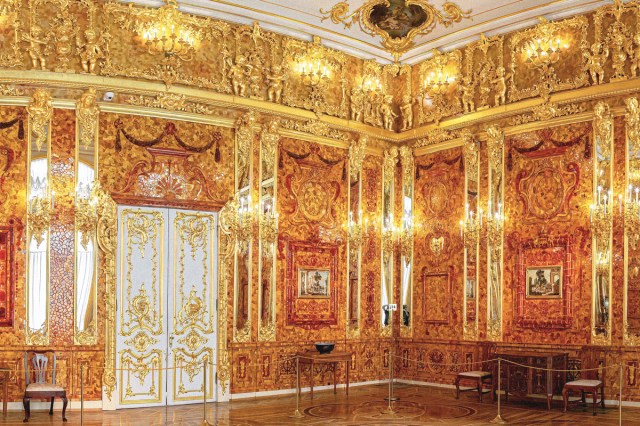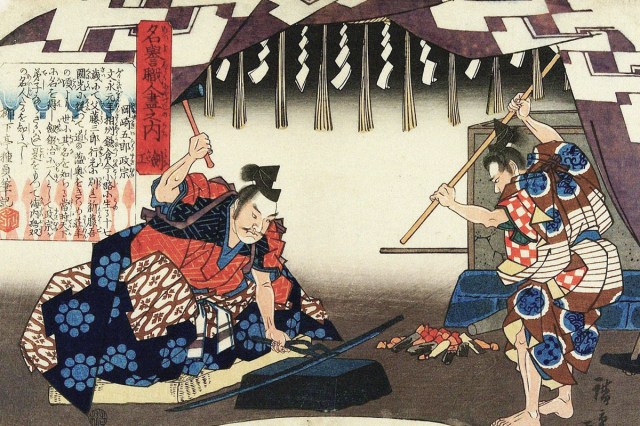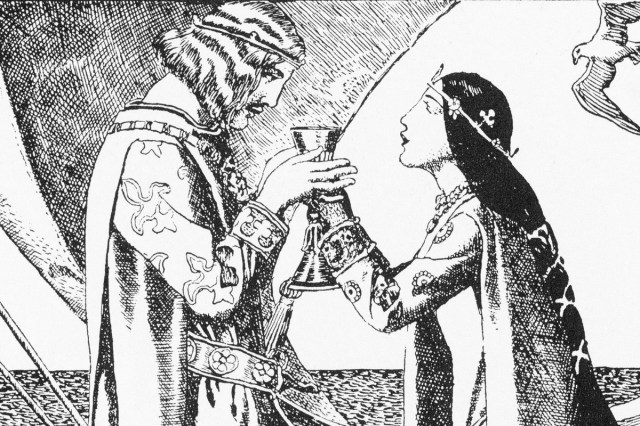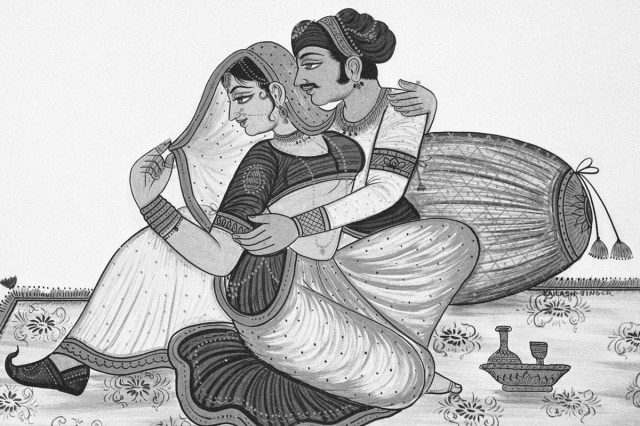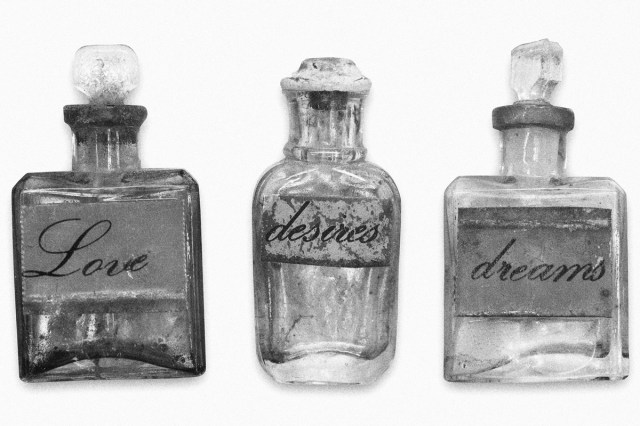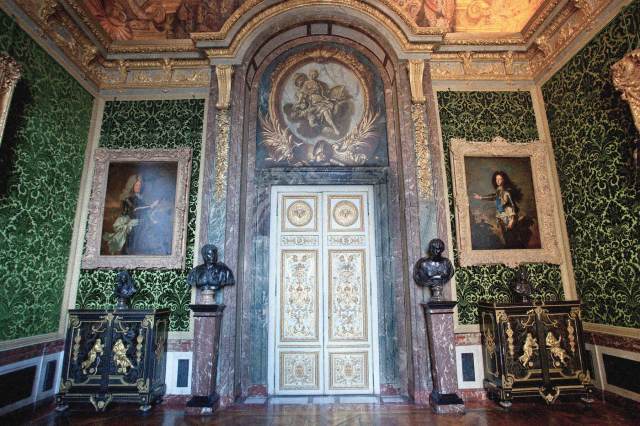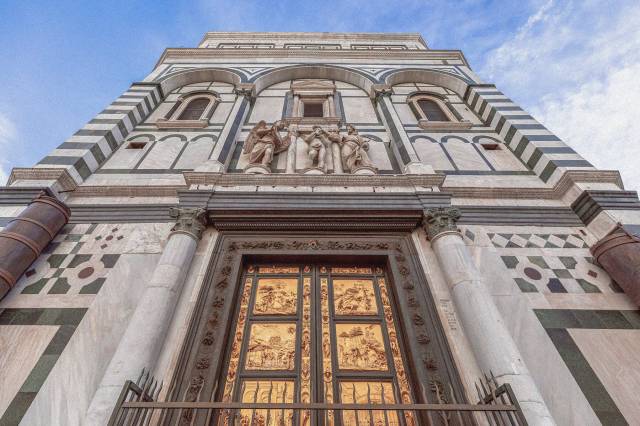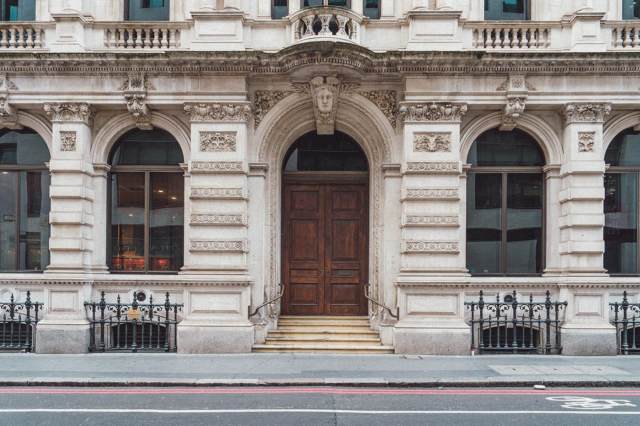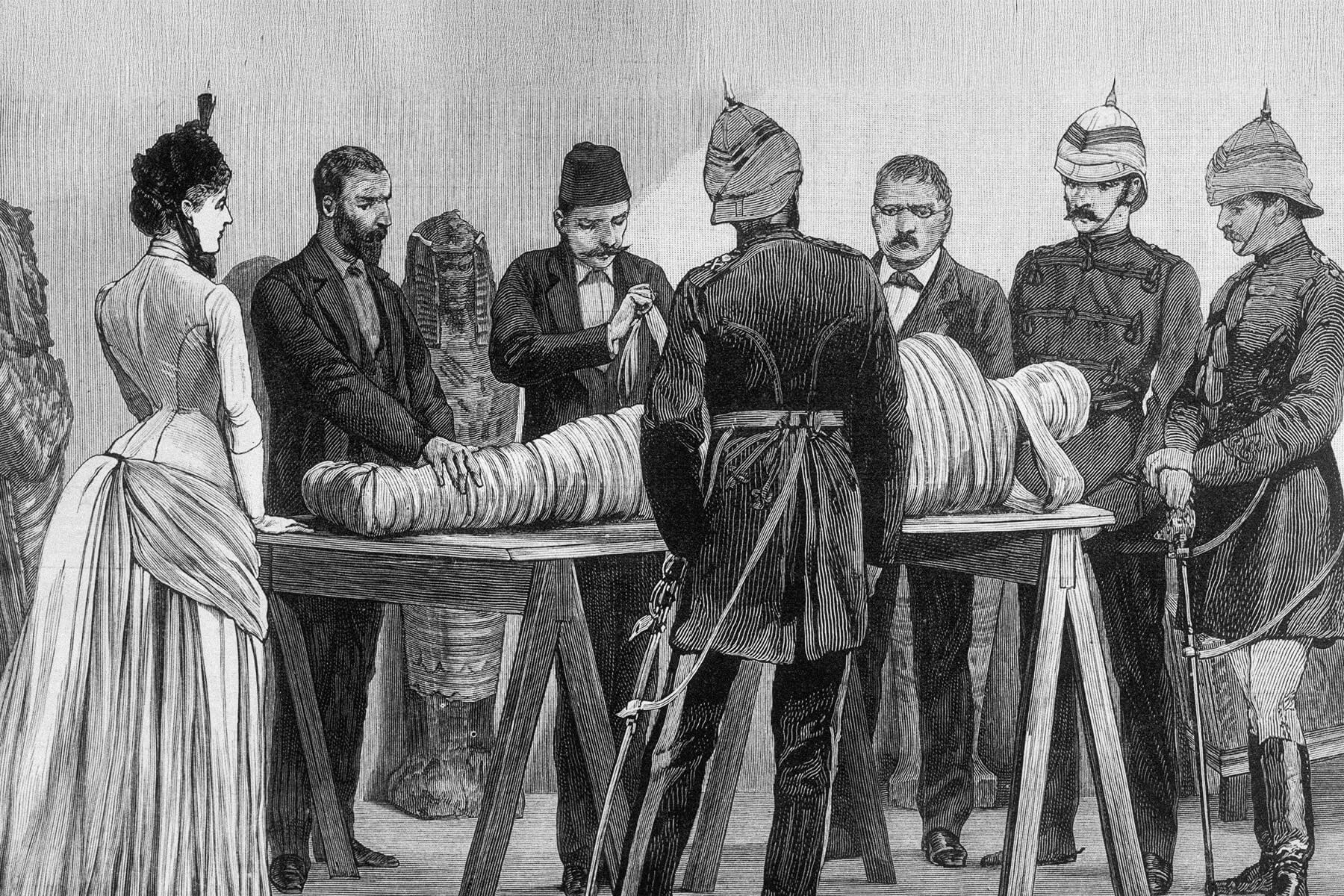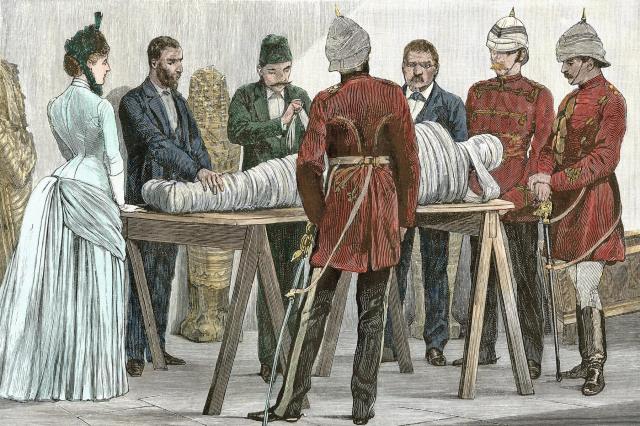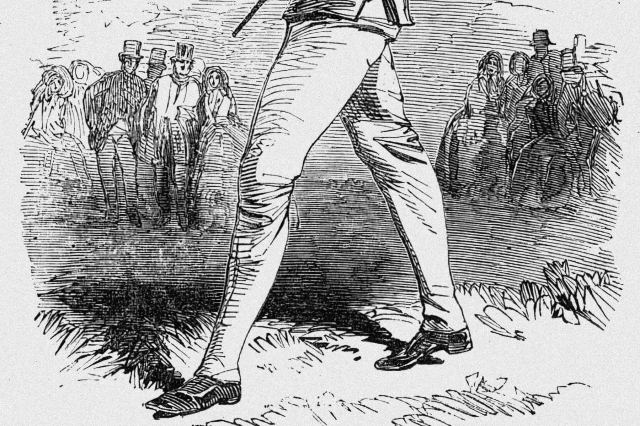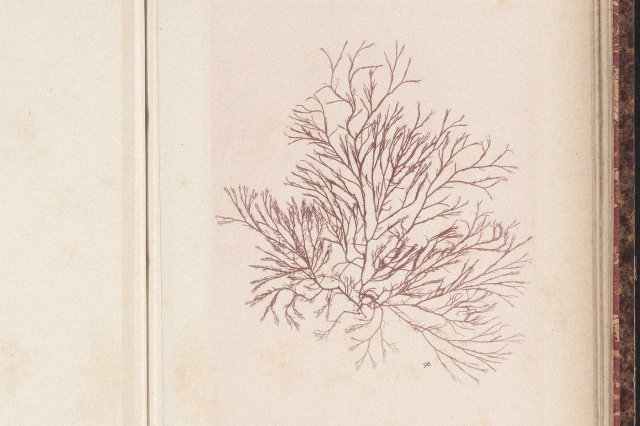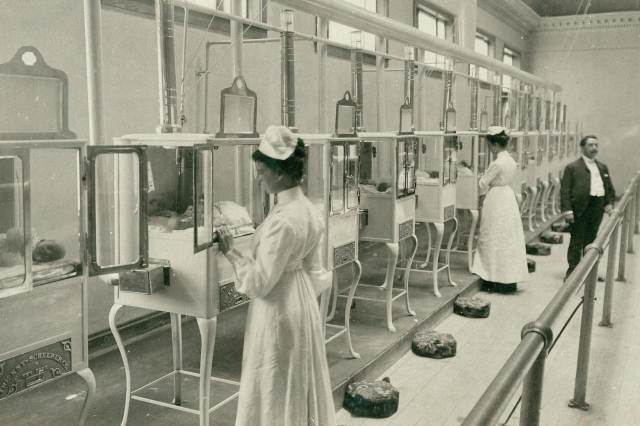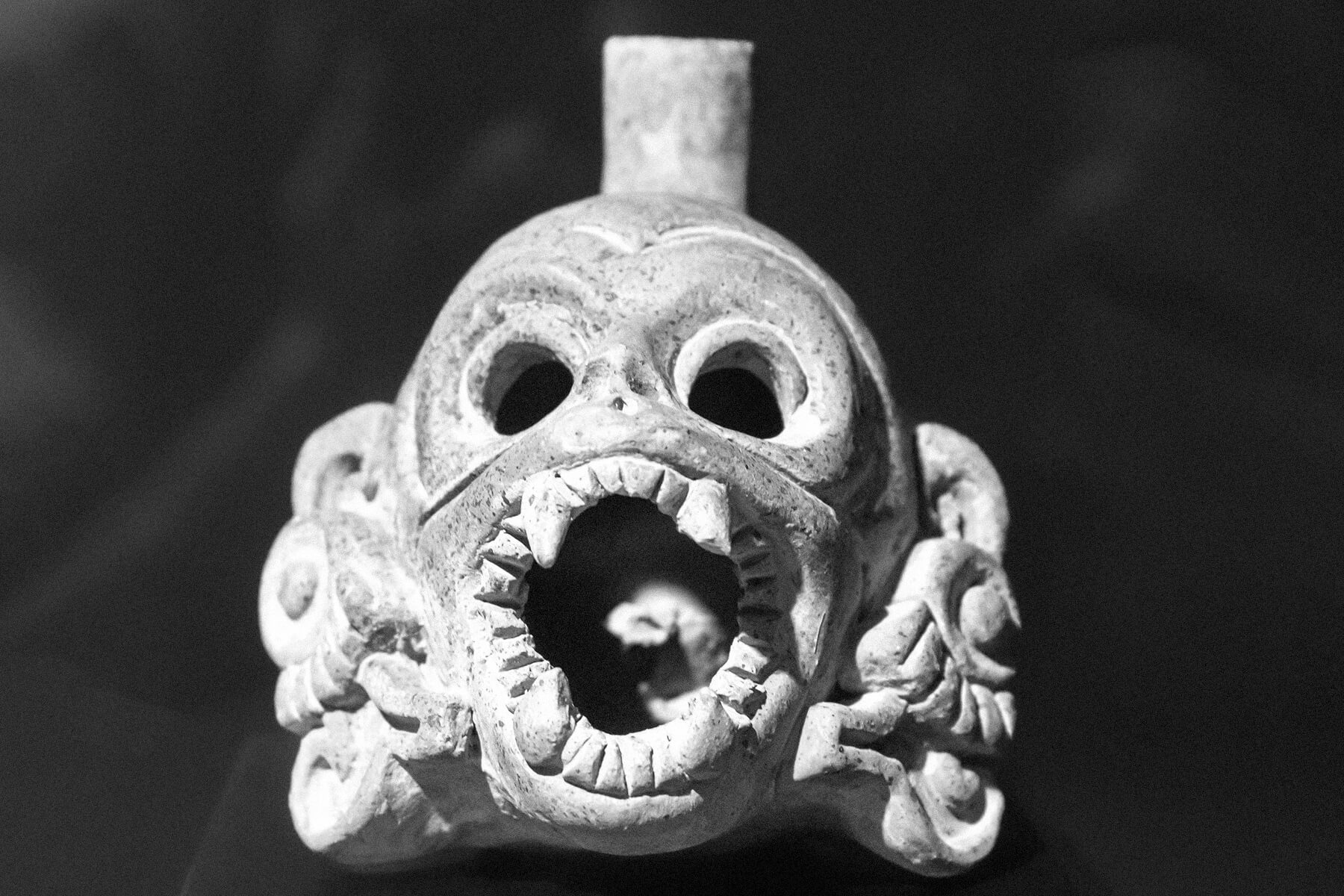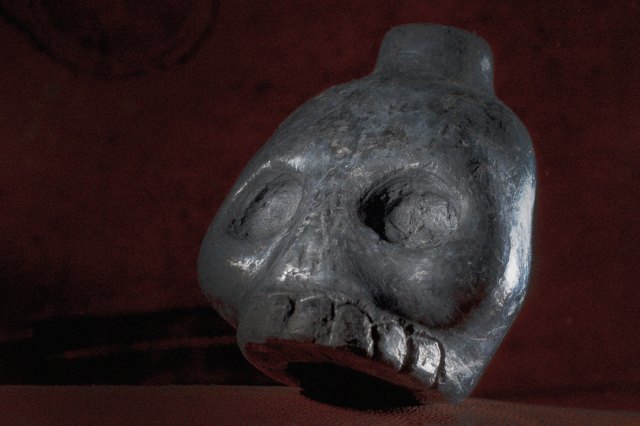7 Major Historical Events That Happened in June
For those who live in the Northern Hemisphere, there’s something about the culmination of ever-warming weather, the full ripening of foliage, and the seemingly endless daylight hours that makes June a magical time of year. And while many of us harbor fond recollections of beachfront jaunts or backyard games that took place as spring swept into summer, June also comes with a collective well of memories that transpired within its 30-day span.
Here are seven historical events from Junes of both recent vintage and centuries past. From crucial battles to transformative treaties and political scandals, each has stood the test of time as a major checkpoint of the shared human experience.
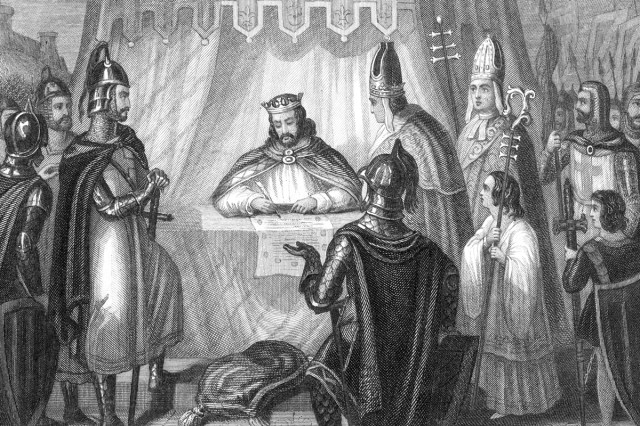
June 15, 1215: King John Affixes His Seal to the Magna Carta
King John’s ascent to the English throne in 1199 seemingly brought nothing but trouble for the monarch, who subsequently lost control of several French territories, was excommunicated by Pope Innocent III, and faced an uprising from powerful barons who chafed at high taxes. Seeking to at least pacify the barons, John agreed to a series of terms that provided specific limits on the king’s power over matters of land ownership, debts, and the election of church officials, signing the agreement on June 15, 1215.
Although peace between the two sides was short-lived, the charter was revised and reissued multiple times over the years, and the 1225 version of what is now known as the Magna Carta is recognized as the definitive issue. And while it was never intended to define the course of human rights beyond the immediate feudal concerns, the document did exactly that with its clauses that guaranteed basic liberties and justice for citizens, words that later influenced the United States Declaration of Independence and Constitution.





